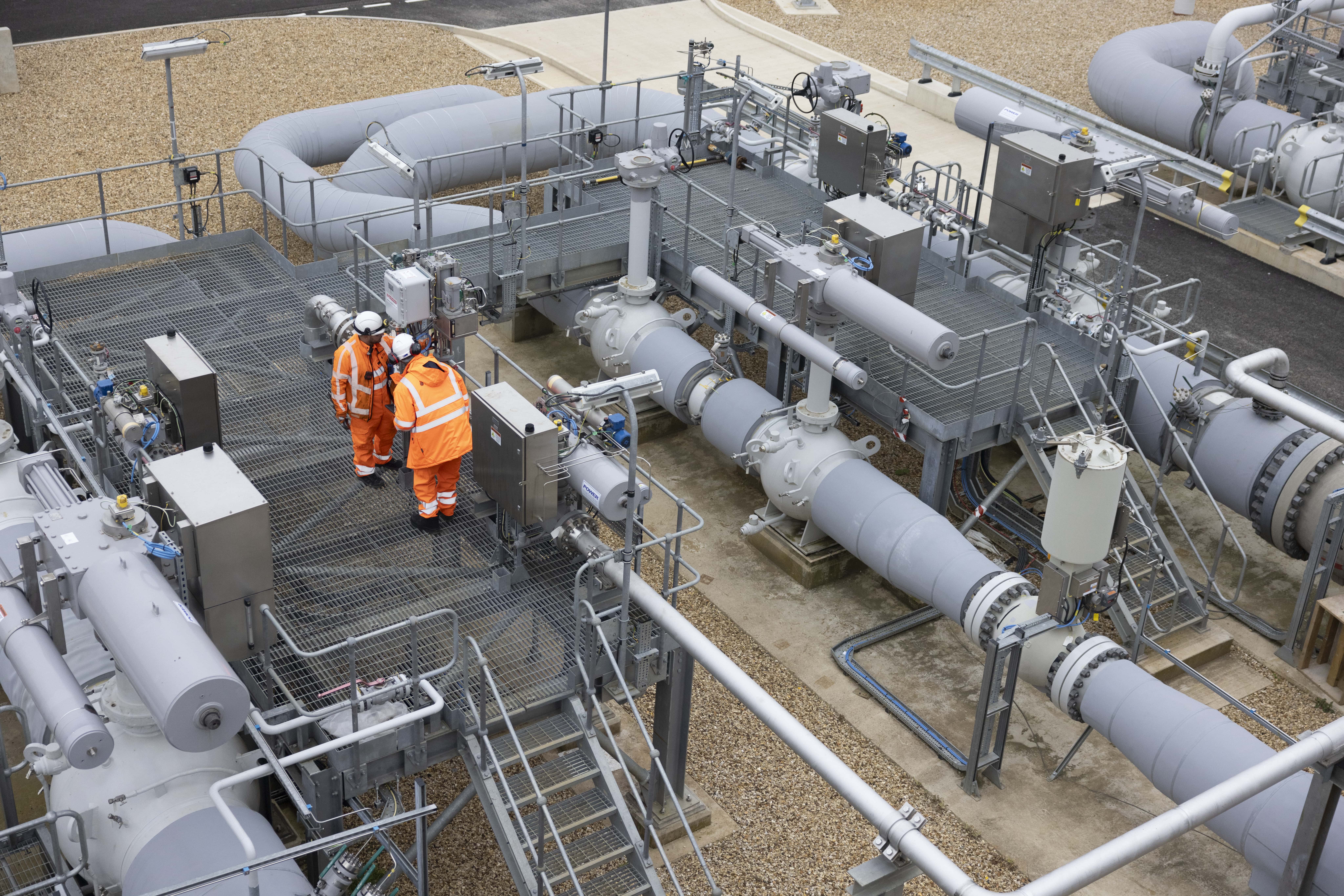14th April 2023
Safe venting and recompression of hydrogen

We’re exploring the use of venting and recompression systems to capture gas emissions, for injection back into the network.
As a business, we’re committed to reducing emissions from the operation of our network; the National Transmission System (NTS). Alongside our innovation projects looking at the feasibility of transporting hydrogen instead of natural gas, we’re exploring the use of venting and recompression systems to capture gas emissions, for injection back into the network.
Venting is the direct release of natural gas into the atmosphere, usually in small quantities, and is currently required in several operational and maintenance scenarios to allow for work to be undertaken safely across our network.
Although similar in some respects, hydrogen and natural gas have other different characteristics which may require changes to the current venting procedures. Alongside this, we may have to explore the use of flaring – another controlled process to dispose of gas. Although this approach is not currently used across the NTS, a comparison of the two is needed to understand which is better suited to a hydrogen network.
We’re carrying out a desktop study to compare technologies for both venting and flaring with hydrogen, as well as the potential for recompression of both pure hydrogen and hydrogen blends. This study investigates the environmental, safety and economic effects of each of these technology types and sets up a proposal to test the most suitable technologies at the FutureGrid hydrogen test facility in Cumbria. Additionally, the project will investigate the feasibility of a vent-free strategy for Project Union, our 100% hydrogen backbone.


